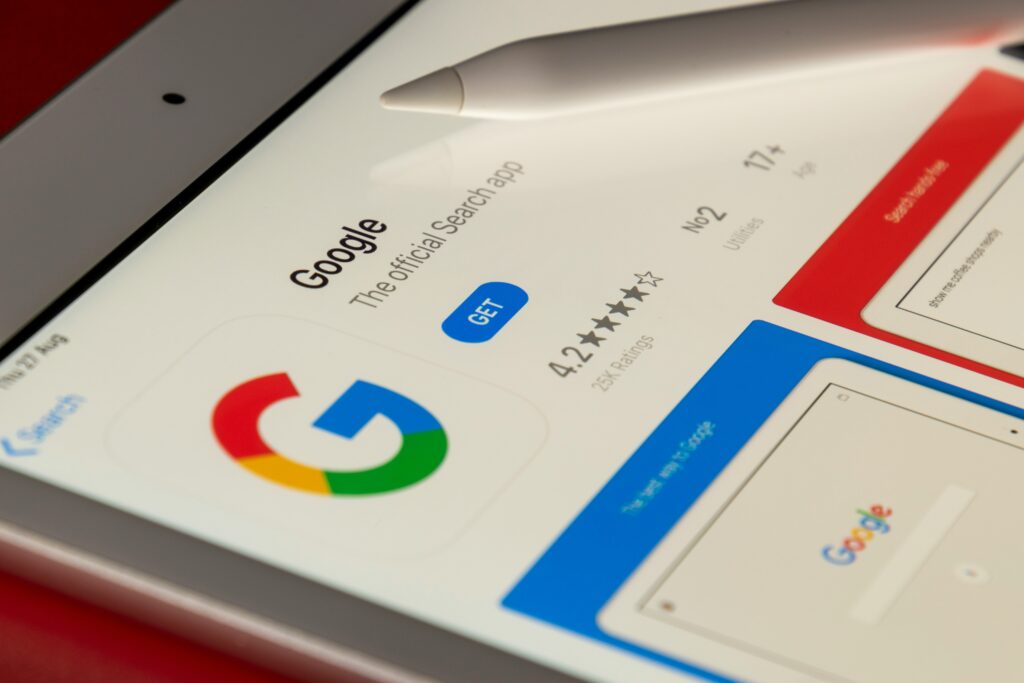Introduction: Why Personalization Wins Today
The era of mass messaging is winding down. Today’s consumer spots a generic pitch a mile away—and scrolls right past it. The digital audience wants more than a slogan or slick visual. They want relevance. Something that feels like it was made for them, not just anyone.
This shift is changing the DNA of modern marketing. It’s less about flooding every platform and more about hitting the right person at the right time with the right message. Personalized media—whether it’s a hyper-targeted video, a dynamically generated email, or a curated product recommendation—outperforms one-size-fits-all campaigns across the board.
The reason’s simple: real connection lasts. Tailored experiences create trust and engagement. And when people feel seen, they stick around. That’s the path to long-term loyalty.
In an attention economy, generic is invisible. Personal wins.
What Personalized Media Really Means
It’s More Than Just a Name
When many people hear “personalized media,” they think of an email that says, “Hi Sarah!” But real personalization goes far beyond that. It’s not just about inserting a name into a subject line—it’s about delivering content, offers, and experiences that are genuinely relevant to a customer’s preferences, behaviors, and context in real time.
True media personalization means:
- Adjusting messaging based on browsing history, previous purchases, or interests
- Understanding where a customer is in their journey and responding accordingly
- Tailoring media formats and channels to match customer habits
Core Channels Driving Personalization
Modern personalization thrives across a range of digital mediums. Each offers unique opportunities to create tailored experiences that resonate with individuals, not just audiences.
Key channels include:
- Video: Personalized intros, content that changes based on viewer data, or targeted product highlights
- Email: Dynamic email bodies that adjust to user behaviors, cart activity, or location
- Dynamic ads: Product recommendations based on browsing history or demographic targeting
- Social media: Platform-specific content tailored by engagement patterns and followers’ personas
Why Real-Time Relevance Matters
Static campaigns—those created once and reused broadly—no longer cut through the clutter. Customer preferences shift quickly, and so must your content. Real-time relevance keeps your brand in sync with what the audience wants right now.
Benefits of real-time personalization:
- Responds instantly to user behavior (like browsing or app activity)
- Increases click-through and engagement by showing what matters most in the moment
- Builds a sense of connection and attentiveness that fuels loyalty
In today’s fast-paced digital landscape, personalization isn’t a bonus—it’s the baseline expectation. Brands that understand and deliver meaningful experiences in real time are the ones that will stand out and stick with customers.
Strategy 1: Know Your Audience, Then Segment Deeper
Customer data isn’t just for marketers anymore—it’s the foundation of every personalized media move. In 2024, the smartest brands are tapping into real-time behavior, not just static facts. It’s not enough to know your customer is a 35-year-old in Chicago. You need to know what they binge-watch, when they shop, and how they react to story-driven content.
That’s where behavioral segmentation edges out demographic segmentation. Demographics tell you who someone is. Behavior tells you what they care about, when they’re engaged, and what makes them convert. Think patterns: clicks, watch time, shares, cart abandons. These markers let you group users into actionable segments—like weekend browsers, late-night scrollers, or loyal buyers who need a nudge.
To make this work, tools matter. CRMs like HubSpot and Salesforce keep customer histories organized and accessible. Platforms like Google Analytics 4 and Mixpanel break down behavior with more nuance than ever. And A/B testing? Still critical. Not just for subject lines, but for whole content strategies. Test two angles, two tones, two formats—let the audience decide. The takeaway: Know more, guess less. Data leads, personalization follows.
Strategy 2: Use Dynamic Content to Build Connection
Dynamic content isn’t a bonus anymore—it’s the baseline. From emails that shift based on user activity to landing pages that morph depending on location or browsing habits, personalization is now baked into smart brand strategy. Product feeds adjust in real time, showing the right item to the right person at exactly the right moment. When it works, it feels seamless. When it doesn’t, it feels like a stalker.
That’s the line modern brands have to walk: delivering value without getting invasive. This means using behavioral data responsibly—think abandoned carts, past purchases, or content interactions—not scraping everything a user does online. The goal isn’t shock-and-awe; it’s silent accuracy. Users don’t need to know how you tailored the message. They just need it to feel like it fits.
Still, many brands fumble personalization at scale. Common mistakes? Over-customizing, making assumptions without context, and failing to test variations. Automated doesn’t mean unchecked. You don’t need to personalize everything—just the things that matter. Sometimes, showing up with relevance is more powerful than being impressively precise.
Strategy 3: Consistency Across All Touchpoints
If your brand voice shifts from channel to channel, people notice—and not in a good way. Trust doesn’t just come from killer products or fast support. It’s built day-by-day through message consistency, whether someone’s reading your web copy or chatting with your team in DMs.
In 2024, audiences expect brands to show up the same way everywhere. That means your tone in Instagram Stories better match your newsletter headers, your chatbot replies, and even the subject lines of your email campaigns. It’s not about being robotic. It’s about being reliably you.
This alignment matters because scattered voices feel inauthentic. When a brand sounds playful on Twitter but robotic in a customer service email, it disconnects. Worse, it creates doubt. Are you the same company on every channel? Do you actually care or are you just trying to sell?
Some brands are already leading the way here. Take Duolingo—its irreverent tone carries across TikTok posts, push notifications, and even app UX. Another example: Liquid Death. Their offbeat humor is as consistent on their website as it is in YouTube pre-rolls or shelf copy in stores. These aren’t flukes—they’re the result of disciplined brand voice control across departments and platforms.
Bottom line: If you want to build trust, say what you mean—then keep saying it the same way, everywhere your audience is.
Strategy 4: Let the Audience Talk Back
Personalization isn’t a monologue. It only works when the audience feels included—not just targeted. Brands that win in this space build experiences that invite interaction, not just eyeballs. Comments, polls, reactions—every click is a live signal. Treat them like part of a conversation, not passive data.
User-generated content is more than free promo—it’s proof that your brand lives beyond your control, thriving in real hands. Whether it’s a video review, an unfiltered TikTok, or a tagged post on Instagram, smart brands amplify their fans’ voices. These moments feel more real than polished campaigns—and real is what sticks.
Feedback loops close the gap. Use DMs, surveys, or even replies in real time to learn what’s hitting and what’s missing. When you adjust based on what the community says (and make it obvious that you’re listening), something rare happens: trust builds. Over time, that trust becomes loyalty. You stop being a brand they follow—and start being one they believe in.
Taking It Further: Personalization in Media Strategy
If personalization starts with knowing your audience, it scales when you bake it into the bones of your media plan.
Brands that win in 2024 aren’t just customizing content—they’re aligning message delivery with a customer’s timing, habits, and context. That means structuring content calendars with precision: pushing location-aware promotions, adapting tone based on user behavior patterns, and scheduling releases that drop when engagement likelihood peaks—whether that’s 8 AM commutes or midnight scroll sessions.
Media buying is also getting sharper. Ad platforms now offer deep targeting controls, allowing brands to pair campaigns with micro-segments by geography, interests, and even weather patterns. Whether it’s a rainy-day sale ad or a heatwave-themed content drop, relevance is gold.
The hard truth? Spray-and-pray approaches are dead. Personalized strategy—in both spend and scheduling—isn’t a trend, it’s the standard. Automate what you can, monitor what you must, and don’t forget to iterate. Because if your content doesn’t feel timely or tailored, your competitors’ will.
(Explore more strategies in our guide: Maximizing Your Media Presence – Top Marketing Strategies)
Final Thoughts
Clicks are cheap. Loyalty takes work. The brands that win in 2024 won’t just chase impressions—they’ll build real connections that last beyond the scroll.
Personalized media doesn’t just push products; it pulls people in. When content feels like it was made for someone, not just emailed at them, it creates a bond. That emotional investment makes users care, return, and advocate.
The playbook isn’t complicated, but it’s not easy either. Stay relevant—track what your audience actually wants. Stay responsive—treat communication like a two-way street. And above all, stay real—authenticity is still the most valuable currency. Everything else is noise.




